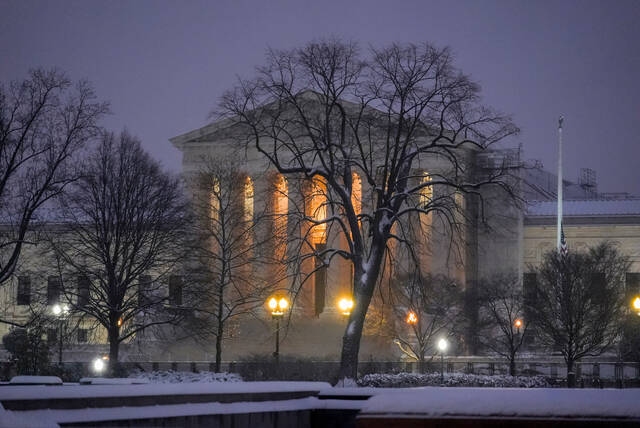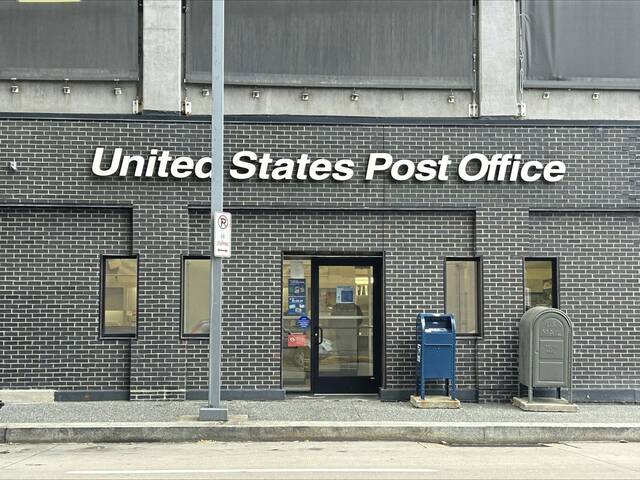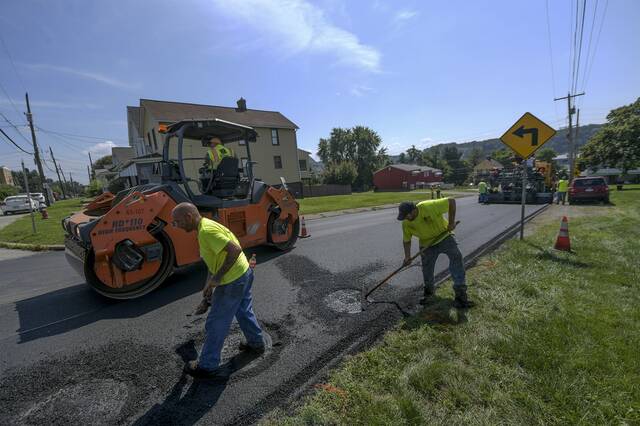History repeated itself during the pandemic in many ways. Students of philanthropy braced themselves for the usual dips in giving that occur during recessions, but donations actually rose in 2020.
Surprising patterns of donor responsiveness are also evident in Pittsburgh’s own philanthropic history. According to data released by Giving USA in June, charitable giving increased in the United States to $471.4 billion in 2020, up 3.8% from 2019.
Foundation grants grew the most. Some foundations spent more than the required 5% payout, while others relaxed restrictions and granted more overall to pressing, pandemic-related needs.
Individuals played a part, too. Individuals still lead the charitable gifts roster, with 68% of all charitable donations coming from individuals last year. With an increase of just 1%, 68% is the smallest portion they’ve contributed to the philanthropic pie since Giving USA began tracking.
Megagifts like MacKenzie Scott’s nearly $6 billion raised the profile of large donations. Other work by the Philanthropy Effectiveness Project about who gave in 2020 and early 2021 reports that many more individuals contributed too, in smaller amounts, resuming gifts for agencies supported before or giving for the first time.
Increases in micro (less than $100) and smaller (up to $500) gifts is heartening, considering the challenges Americans faced and the fact that entry-level gifts offer a pipeline of future donors. While the multiplier effect of mega and modest gifts differs greatly, these numbers suggest that many people from various circumstances helped their neighbors. Beyond money, individuals provided additional support like emergency child care for relatives, food and other assistance not captured in traditional giving data.
Similar examples of expansive, responsive philanthropy appear in a new book I edited about Pittsburgh’s philanthropic history. In “A Gift of Belief: Philanthropy and the Forging of Pittsburgh,” 12 authors explore how everyday people also responded to needs in their time. In every faith tradition, neighborhood, identity group and circumstance, diverse philanthropists organized relief or founded and sustained charitable institutions. Sometimes they gave alongside richer, better known benefactors. Often they addressed circumstances wealthier donors didn’t see. Taken together, their combined giving frequently helped this community weather hardship and eventually move forward.
As pundits debate the impact of government policies and the meaning of recent giving, one thing is certain: Philanthropy is best viewed in its entirety and within a broader social and deeper community context. It should not be seen solely in the siloes of the rich and famous, or accounted for by the ratios or raw numbers commonly charting charitable giving.
Multifaceted and involving multiple players, philanthropy is more nuanced and diverse than it may first appear. Last year, generosity in America came from foundation grants, large spectacular gifts and many more individuals giving at the entry points of charitable gift tables. Thus, philanthropists nationally reflected patterns our authors saw over time in Pittsburgh — a more blended and nuanced donor base responding to the needs of the moment.
By looking more expansively — beyond the special, sizable and unique charitable gifts to the equally generous gifts of more everyday people — we behold a diverse, more widely practiced and richer form of philanthropy shaping the life of our community, and the promise of Pittsburgh.
Kathy Buechel teaches and writes about philanthropy and is executive director of The Benter Foundation in Pittsburgh.








